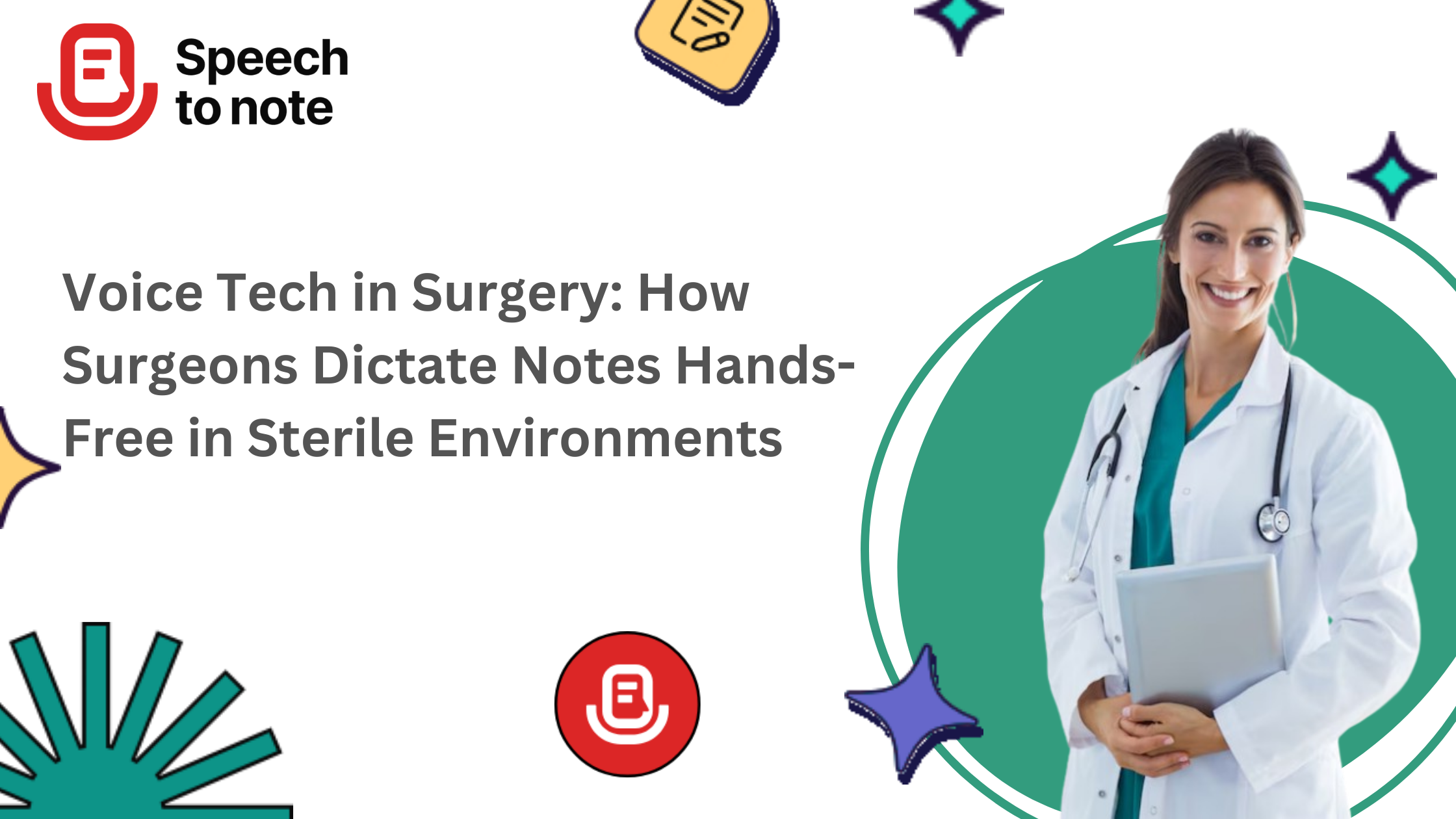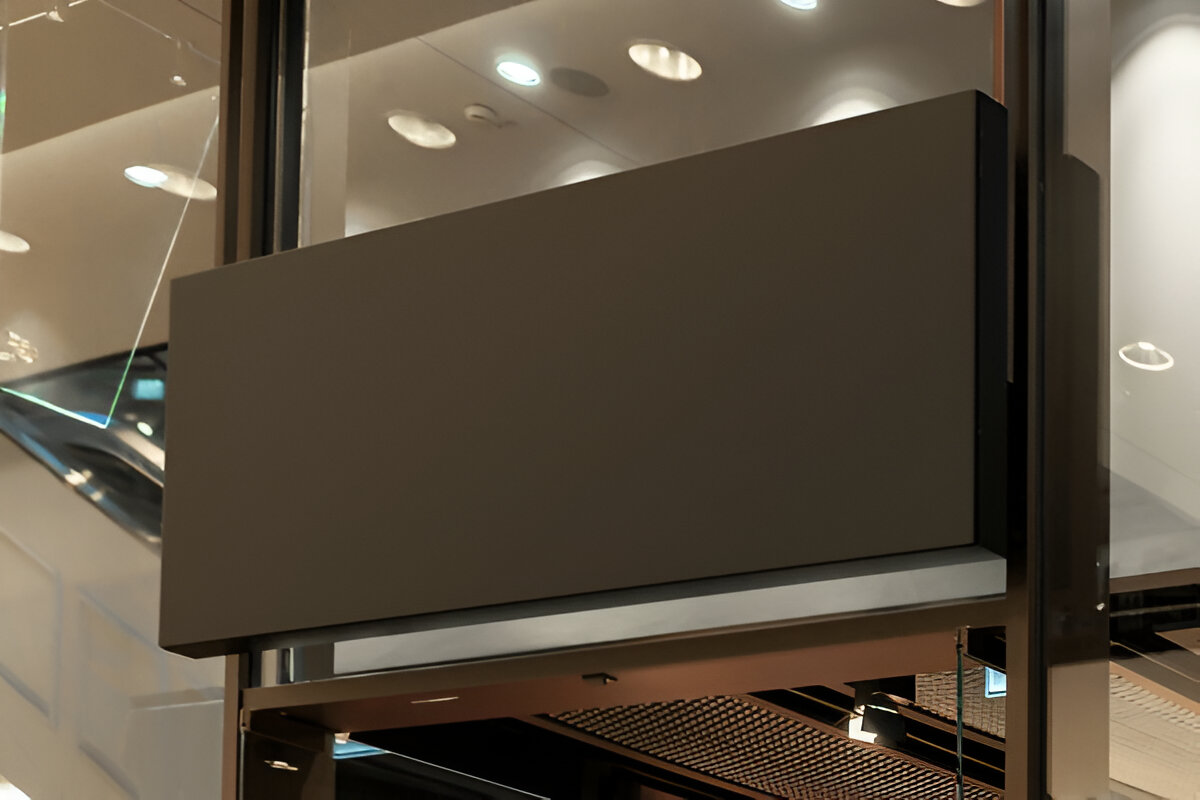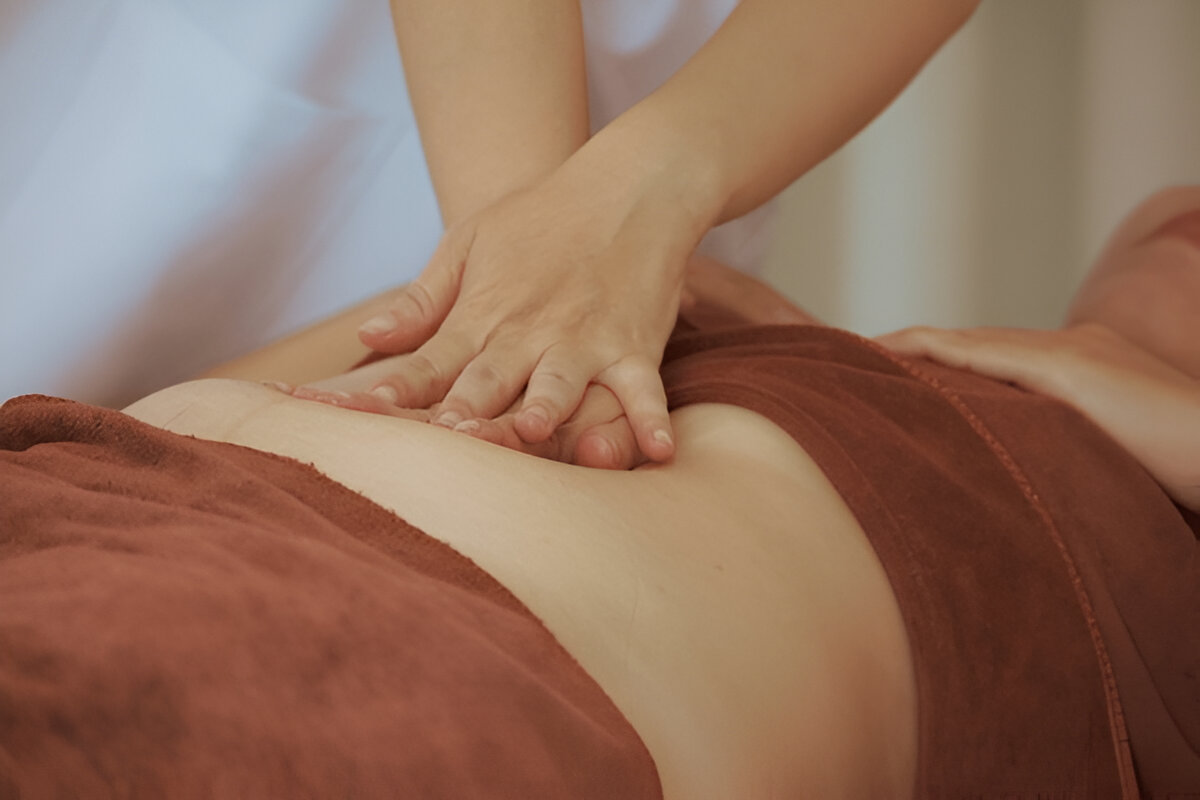Step into an operating room and you’ll notice one thing right away: everything revolves around sterility. Gloves, gowns, masks, instruments—every surface has to remain untouched by anything that isn’t sterile. Now imagine you’re a surgeon in the middle of a complex procedure. You need to document a detail or dictate a note, but your hands are literally inside a patient. That’s where voice tech steps in.
Why Voice Matters in Surgery
Surgeons don’t have the luxury of pausing to type notes or scribble on paper. They need a way to record details on the spot, while the information is still fresh. Voice dictation solves this. With speech to text tools, surgeons can talk naturally, and the software converts spoken words into structured notes. No keyboard, no risk of breaking sterile protocol.
Think about the ripple effect: less paperwork after the surgery, fewer forgotten details, and a smoother flow for the entire surgical team. It’s not just about convenience—it’s about patient safety and accuracy.
Hands-Free Documentation in Real Life
Let’s picture a scenario. A surgeon is performing a cardiac bypass. Midway through, they need to record specifics about the patient’s anatomy, unusual vessel placement, or a complication. Instead of waiting until later (and risking memory gaps), they speak directly into the system. With notes with voice, the data is captured instantly.
This isn’t science fiction. Hospitals are already experimenting with operating room microphones connected to secure software. A surgeon can say, “Patient has significant left anterior descending artery calcification,” and that line lands directly in the patient’s digital record.
How Accuracy is Achieved
Of course, skeptics will ask: what about background noise? ORs are not exactly quiet places. You’ve got monitors beeping, suction running, assistants talking. The trick lies in machine learning models trained to pick up the primary voice and filter out the chaos. The tech has gotten remarkably good at this, almost to the point where dictation feels as smooth as casual conversation.
Some systems even adapt to a surgeon’s unique accent or phrasing over time. That means fewer corrections later, which is huge when you consider how much time surgeons already spend on charting.
More Than Just Notes
Voice tech isn’t just about creating surgical records. With notes on speech, the possibilities expand. Imagine a surgeon dictating orders for post-op care while still in the OR. Or briefing the recovery team without needing to physically leave the sterile field. It’s all about reducing friction.
And for teaching hospitals, there’s another bonus. Residents and medical students can watch a surgery while the attending narrates in real time, almost like a live podcast. The spoken notes double as education.
From Dictation to Speak Writer
What’s really interesting is how these tools evolve beyond simple transcription. A speak writer doesn’t just dump raw text into a file. It organizes, punctuates, and sometimes even suggests headings. That means the surgeon’s quick dictation can turn into a clean, usable report without hours of editing.
This saves time at the end of the day, which is precious. A study published in Annals of Internal Medicine once estimated doctors spend almost two hours on paperwork for every hour of direct patient care. Voice-driven documentation could tilt that balance back toward patients.
The Bigger Picture
Sure, the technology isn’t perfect. Background chatter can sneak in, accents sometimes get misinterpreted, and technical glitches happen. But compared to the alternative—typing with contaminated gloves (impossible), or relying on memory hours later (unreliable)—it’s a massive improvement.
Hospitals that adopt this are seeing faster note completion, fewer transcription errors, and less physician burnout. When you multiply those benefits across hundreds of surgeons and thousands of procedures, the impact is enormous.
Try It Yourself
The same principles used in the OR are now accessible to anyone who wants to capture thoughts hands-free. Whether you’re a surgeon, a medical student, or just someone who thinks faster than you type, tools like Speech to Note let you experience it firsthand. You can even check out a quick demo video to see how it works in practice.
Download the app here:
Final Thoughts
Here’s the thing: surgeons will always need their hands free, and documentation will always be a requirement. Voice tech bridges that gap. It captures details in real time, maintains sterility, and lightens the load of post-op paperwork. That’s not a gimmick—it’s a genuine shift in how medicine is practiced.
So the next time you hear about voice dictation, don’t just think of office workers writing emails faster. Think of a surgeon in a sterile environment, speaking notes that may one day save a life.



